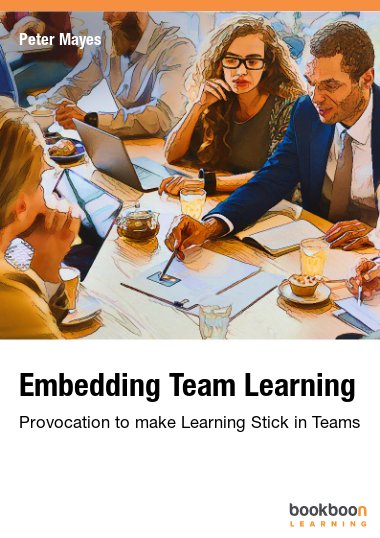Embedding team learning is a comprehensive approach to maximising team development. Competition between businesses is even keener than ever before, the rate of change is rapid and constant and people’s brains are changing as we interact more and more with technology. Learning, and ensuring this a way of life for teams, is a critical tool for survival and growth, unfortunately, it has been my experience that this concept is often underused or sidelined. Teams that learn to share and stick together really do make a difference to an organisation. Sometimes it’s worth taking a radical approach to get a step change in behaviour and team development.
About the author
Working with leaders and managers over the last 30 years where change was imperative to survive and thrive I developed a range of embedding team learning that have ensured success.Having a varied career in organisational development and as an Executive Coach I have implemented many successful team development strategies. My qualifications are in Strategic Human Resource Development (M.Sc.), industrial management, coaching and leadership.


